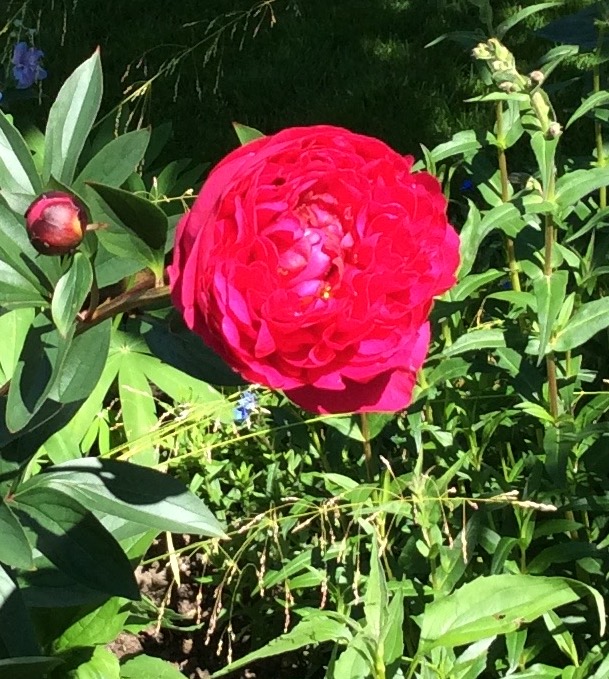For many children on long car journeys the cry is often, ‘Are we nearly there yet?’ As a child my cry was always, ‘Will we be going through a tunnel of trees?’

I always found travelling a long stretch of road flanked by trees in full leaf enormously exciting – and if the canopy comprised interlinked leafy branches, creating a dark, slightly mysterious tunnel suggesting unfolding adventures then so much the better. This has continued into adult life and still I love to walk along a path that is overhung with a leafy roof, the cool green light filtering through and making ever-shifting patterns on the path as sunlight dances through the twigs.
There might be long straight tunnels with regular perfectly-formed tunnel walls of aged tree trunk, bark beautifully patterned, stretching to a pinpoint light at the end of the tunnel. Or it might be a curvy path – giving no idea of length or how far the darkness might last before coming out into the light. Tantalising in its uncertainty but with a continuing sense of mystery. The tunnels might be natural, or planted deliberately, festooned with flowers or foliage cascading over the path.

These tunnels might suggest ancient human routes, sunken paths formed over the years and worn away and downwards from the stepping of countless feet.
It might be a formal avenue, a word from the French avenir, meaning ‘to reach, or to arrive,’ or it may be a natural holloway – from the Anglo-Saxon words hola weg, meaning a ‘harrowed path’, or ‘sunken road’. These ancient tracks would probably have started as ancient drove roads for moving cattle to different pastures or to market. Some will have grown as pilgrim paths, followed by the faithful in their journeys to sacred shrines and places of worship.

In his book The Wild Places Robert MacFarlane writes ‘These holloways are humbling, for they are landmarks that speak of habit rather than suddenness. Trodden by innumerable feet, cut by innumerable wheels, they are records of journeys to market, to worship, to sea.’ Each has its own story to tell; as we walk along them we continue that story as we create our own pilgrimage tale of experience.

We need to enjoy tunnels of trees wherever we can find them. Some have lasted years and speak of history; others will be more transient as they are changed or adapted to whims of landscape and garden designers. But they can instil in us a sense of wonder, peace and enchantment. The plaintive cry, ‘are we nearly there yet?’ will become more of a spellbound whisper ‘let me linger a little longer.’










